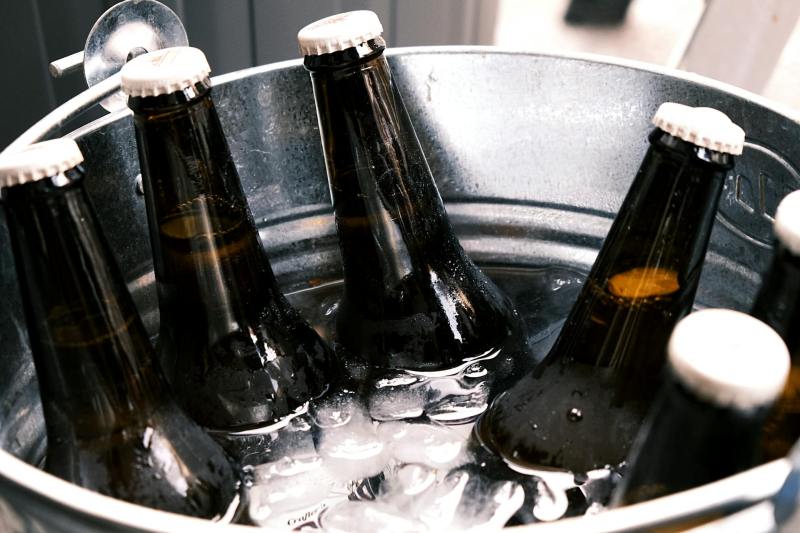
When it comes to chilling wine, there are countless ways to get the job done. The market is saturated with products made specifically for cooling wine down to the perfect drinking temperature, from luxurious wine refrigerators to elegant marble wine chillers. We can almost guarantee that the passionate wine lover in your life probably has a pantry full of these fancy contraptions, each one more exciting (and expensive) than the last. After all, wine is an art and enjoying it at the correct temperature is an absolute must. At the end of the day, though, even with all the bells and whistles, it’s hard to beat a good old-fashioned ice bath – especially when trying to cool down that wine in a hurry. But, as simple as this wine-chilling technique may be, it is possible to get it wrong. That’s why we’ve collected a few tips and tricks for getting that wine chilled exactly right every time.
Order matters when chilling wine
While the more aesthetically pleasing option may be to fill your favorite wine chilling bucket with ice and simply nestle in your favorite bottle or two, this method is actually pretty ineffective when it comes to chilling wine in a pinch. By dumping ice into a container and plopping the wine on top, only the bottom half of the bottle will actually chill. It’s important to fully cover your wine (or other beverage) bottles with ice so that the entire bottle has a chance to actually get cold. Do this by putting your bottle(s) in the bucket first, and then topping with ice – not the other way around. The more the bottle is covered with ice, the better. While this might not get you the sexiest photo shoot of your wine luxuriously resting in an ice bath, it’s the better way to get the contents cold.
Use water and…salt?

If you find yourself in a situation where you need to get your wine chilled immediately, water is your best friend. Once you’ve covered your bottles with ice, pour cold water inside the bucket, filling it to the rim. The ice water will amplify the chilling process by increasing the surface area that comes in contact with your bottles. Simply cover your bottles with ice, top off the bucket with water, stir to get everything circulating, and your favorite bottle should be perfectly chilled and ready to drink in just minutes.
If you’re really in a rush and feeling particularly scientific in your wine chilling methods, reach for your salt shaker (not really—you should never, ever use a salt shaker and use only Kosher salt, please) and add a few shakes to your chilly ice bath. Salt reduces the freezing point of water, making it colder faster, which means you can pop that bottle and enjoy it at the perfect temperature in no time at all.




